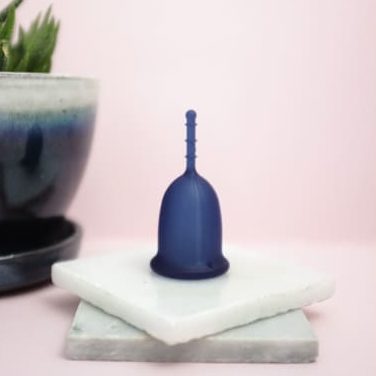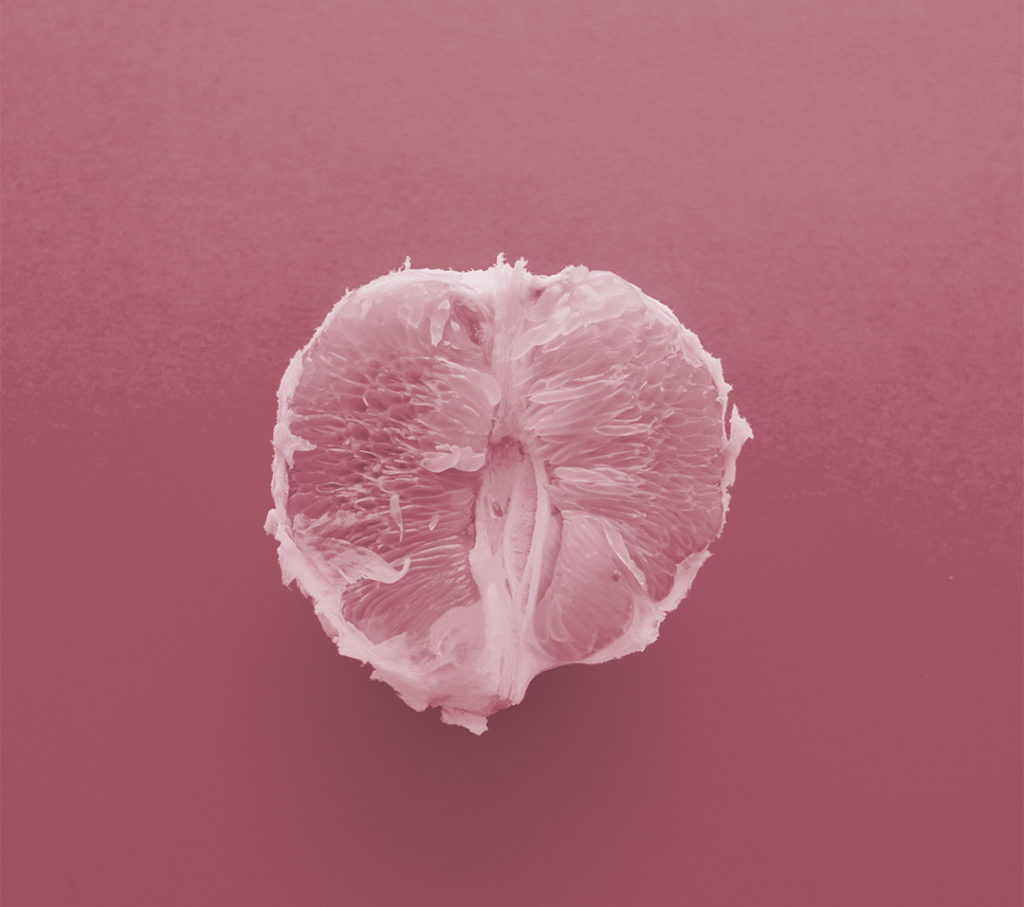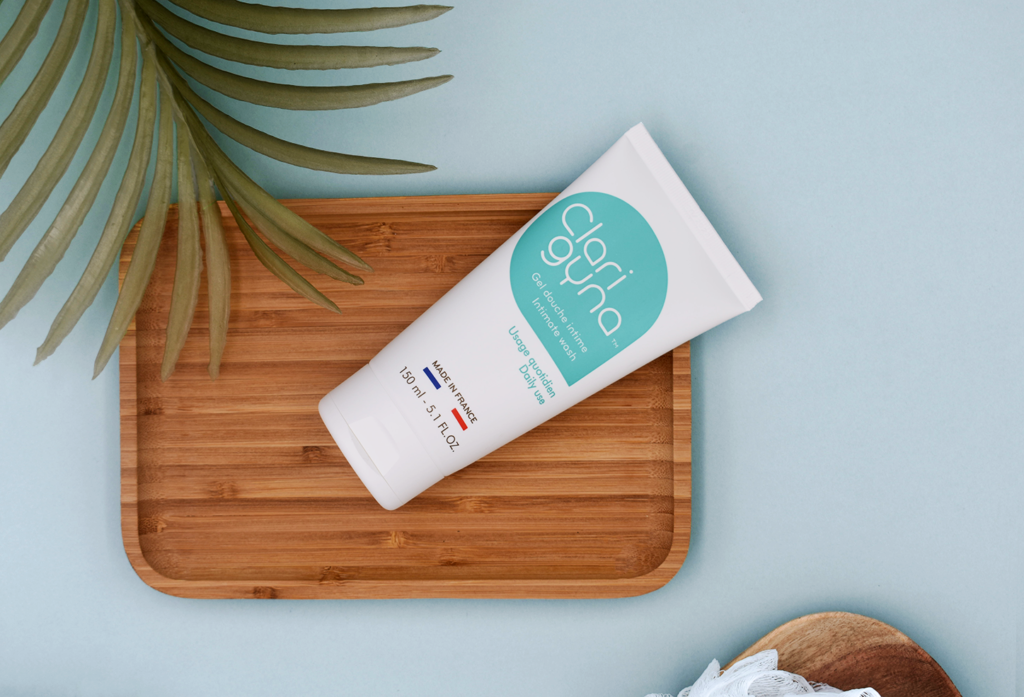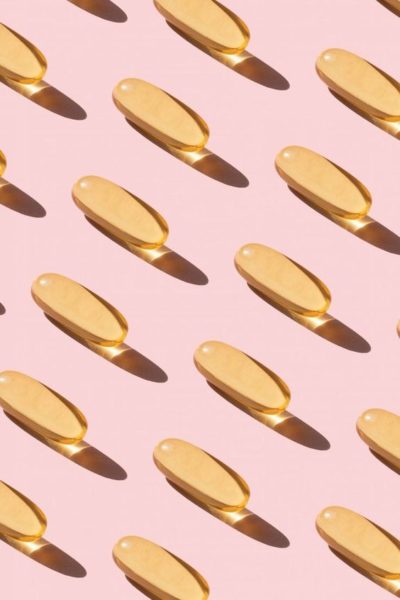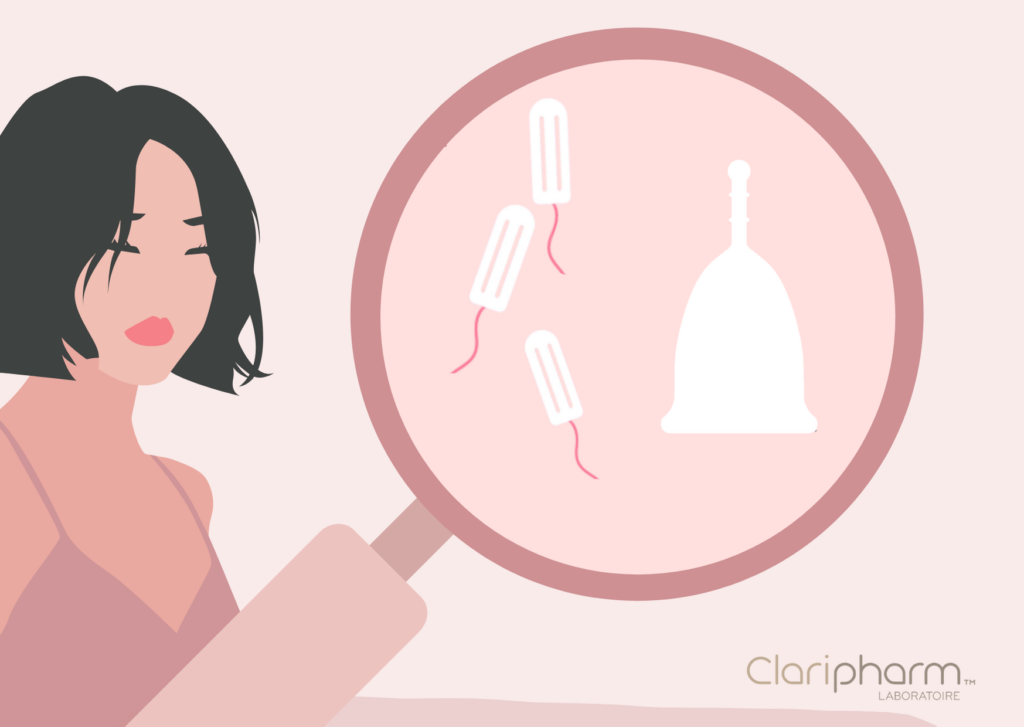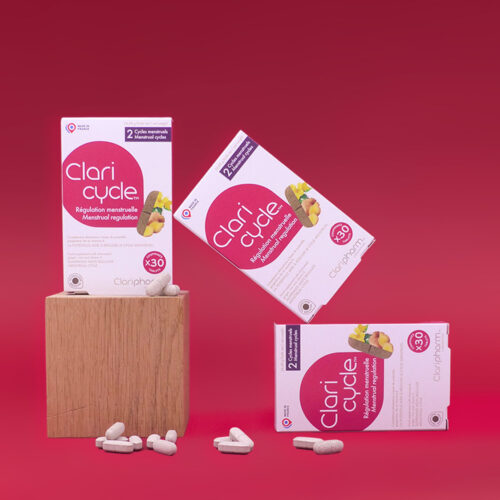A new item in your bathroom, the menstrual cup is becoming a monthly must-have for more and more women.
How to use it, how to position it, how to clean it, we answer all your questions for an easy use of your Claricup menstrual cup.
What is the menstrual cup?
A healthy and ecological alternative to tampons and sanitary pads, the menstrual cup collects your blood thanks to a flexible silicone bell that hugs the walls of your vagina and collects your blood for 6 hours.
At Claripharm, Claricup menstrual cups are made from 100% Class VI medical grade silicone, which is the same medical grade silicone used for pacemakers. A soft, gentle, non-irritating and above all…medically approved material (because yes, even if you have to insert a cup into our vagina, as long as it is made of suitable materials!).
This seems logical, yet due to the lack of European regulation of the intimate hygiene products market, many of the products sold are made from raw materials not designed for intra-vaginal insertion. Inserting plastic, making our vaginas drink chlorine, phthalate or food colouring is a scandal, we’ll grant you that!
We will come back to the subject and our daily fight!
Why use claricup?
The advantages of the Claricup menstrual cup
The Claricup menstrual cup will revolutionise your period, find out why it’s time to change your period.
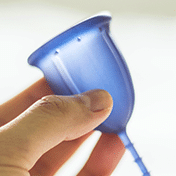 |
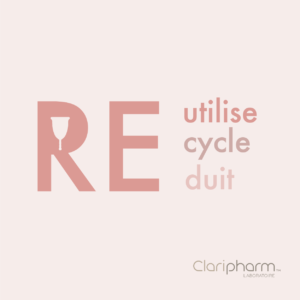 |
 |
| It is economical. Claricup is priced at 26€ and is reusable for up to 5 years. Your Claricup pays for itself in 3 months. | Claricup is eco-friendly and environmentally friendly. It is reusable for up to 5 years, so you don’t have to throw away a lot of sanitary protection every year. | Manufactured according to the quality and safety standards of Medical Devices. Comfortable and invisible. Respects the intimate balance. |
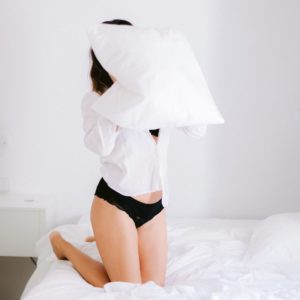 |
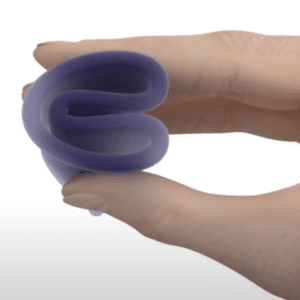 |
 |
| No leaks, no odours. | Claricup is easy to use.
Fold it, insert it and reuse it! |
100 % MADE IN FRANCE |
Focus on the quality of Claricup
Our menstrual cups are made of high quality platinum medical grade silicone (USP Class VI biocompatible). It is the only menstrual cup made of biocompatible and antimicrobial medical silicone.
Did you know that?
In Europe, no certification is required to manufacture or distribute a menstrual cup.
The Claripharm laboratory is certified ISO13485 CMDCAS (Canadian Medical Devices Standard): the entire process of design, manufacturing and
The distribution of Claricup is controlled by an independent organisation in order to guarantee maximum safety for users.
What we say, we prove.
How do we make the Claricup menstrual cup?
At Claripharm, we come from the field of implants. We consider our Claricup menstrual cup to be a Class II medical device.
We carry out the following tests on Claricup, in the same way as a Medical Device: biocompatibility (cytotoxicity, irritation, sensitisation); validation of disinfection in the microwave with the box or in boiling water.
But what is this?
MEDICAL SILICONE
The silicone in the Claricup is approved for use in surgery.
BIOCOMPATIBILITY
After manufacture, Claricup is tested for biocompatibility. It is proven that it does not cause vaginal irritation.
ANTIMICROBIAN
The silicone in the Claricup contains silver, a natural antimicrobial. The silver allows a more effective disinfection (compared to a menstrual cup without silver) so that you can safely reuse the Claricup.
DISINFECTION BOX
For safe use, it is important to disinfect your Claricup between uses (in addition to washing your hands thoroughly).
That’s why every Claricup comes with its own disinfection box!
Maximum safety and extensive testing
| 0 | IRRITATING FIBRES / HEAVY METALS / LATEX / PERFUMES |
| 5 | MINUTES IN THE MICROWAVE, IN ITS BOX FOR PROVEN EFFECTIVE DISINFECTION |
| 6 | HOURS OF VALIDATED SHIPPING TIME |
Our posture: scientific rigour for guaranteed safety and comfort!
How to choose your menstrual cup?
It’s not always easy to find your way among all the models and brands of menstrual cups. At Claripharm, all our models have the same cut, only the size changes to adapt to a maximum of women’s morphology, flow, and lifestyle habits.
Because you are all unique, how do you choose the right Claricup menstrual cup?

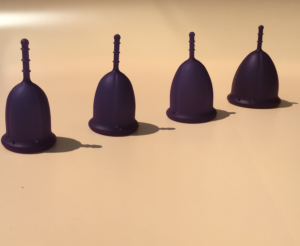
1. First of all, a history of flows
There are many indicators that can help you, such as having had children, being a young woman, or being athletic.
But the most relevant indicator is your flow.
To help you, please refer to what you are currently using.
|
|
|
|
2. How can I be sure that I have taken the right size?
a. No leaks
With the right cup size, you shouldn’t have any leaks. However, if you do, there are two possible reasons:
- Poor positioning.
In this case we invite you to review our folding and inserting methods here.
To check its correct positioning, you can grab the base of your menstrual cup and rotate it on itself. If it turns, it is well placed and unfolded.
Then you can run a finger along the cup and pull it up to the neck of the cup to check that the menstrual cup is properly deployed.
- Wrong size.
A leakage is then created because the sealing effect is not achieved.
Either the cup is too small and does not adhere to the vaginal walls, or it is too large and does not fully unfold.
You think you chose the wrong size? Write to us at contact@claripharm.fr and we will offer you a solution.
b. No feeling of discomfort
A properly inserted and positioned cup should not feel. This is one of the many advantages of the cup: you forget that you have your period!
In order for the cup to be well positioned and for the suction effect to occur properly, it is imperative that the cup is properly deployed. If you run your finger around your menstrual cup and feel a small folded bulge, your cup is too big and cannot open fully due to lack of space. Remember to hang one size down.
If you still have any doubts, do not hesitate to contact us by email at contact@claripharm.fr, we will do what is necessary to provide you with our expertise and a solution.
c. Menstrual Cup Size 0 – Deciphering the Mini Claricup
The Mini Claricup is part of our menstrual cup range, it is the smallest size. We thought it smaller to make it easier to use, especially for the first period.
The capacity of the Mini Claricupis 13.7 ml. Despite its small size, its capacity remains sufficient for a normal flow and can collect blood for up to 6 hours.
As with the other models, the reinforced base of the Claricuphas been designed to make it easy to remove the cup even for first-time users. To remove it, simply pinch the base to remove the seal. Then gently pull on the base of the cup to remove it.
d. Zoom on Size 3: Very abundant flows
The Claricup menstrual cup Size 3 meets the demands of women with very heavy flows. With a capacity of 36 ml, which is equivalent to more than 2 super absorbent tampons, size 3 is particularly suitable for women who have given birth vaginally.
Abundant or super-abundant flows? If in doubt, feel free to read our article on abundant rules here.
How do you fold your menstrual cup?
It usually takes 2 to 3 cycles before you can easily handle your menstrual cup.
Before each use of the cup, remember to wash your hands thoroughly.
Each one has its preferred method, you have to take the time to find it by trying several of them. You will see that afterwards insertion will be quicker and easier.
Our 2 preferred methods are the “punch down” method because it allows a very small insertion point (see photo), and the C method which consists in folding the cup in 2.
Discover our tutos just below.
How to insert and position your menstrual cup?
On your first attempts, why not try inserting your Claricup in the shower in a squatting position? Warm water will help you to relax.
If you stress, the muscles of your perineum will contract, and then insertion and removal will be more difficult. Take the time to find a quiet, pleasant place where you feel good and help you to relax.
Once you have folded your menstrual cup, gently guide it into your vagina, inserting it so that the bottom of your cup is level with the entrance to your vagina and the stem between your lips. Menstrual cups, once positioned, are generally equivalent in positioning to the insertion of a finger into your vagina.
Keep the cup folded until it is positioned at the correct height, then let it open gently.
How do I remove my menstrual cup?
Before removing it, be sure to wash your hands.
As with the insertion, you can place yourself under a hot shower to remove it. You can also crouch, stand, sit on the toilet or raise one leg, for example by positioning it on the edge of a bathtub. The important thing is that you are well relaxed and that you find the position that suits you best.
Pinch the base of your menstrual cup with your fingertips without ever pulling on the stem at the risk of hurting yourself.
By pinching the cup, you deactivate the suction effect, leaving you to gently slidethe cup out of your vagina and pour its contents into your toilet, shower or sink.
If you have difficulty reaching your menstrual cup, above all, don’t panic, it’s not serious. Blow, breathe and gently push on the muscles of your perineum as if you were having a bowel movement. Your cup will come down and you will be able to catch its base more easily.
How to clean your Claricupmenstrual cup?
Using a menstrual cup involves a few essential gestures to keep your cup clean and protect your body from bad bacteria.
The 3 steps :
1. Hand cleaning
A simple step, yet one that is often overlooked. Remember to wash your hands before inserting OR removing the cup.
2. Cleaning the cup
Why do it before each insertion?
Because the menstrual cup is reusable, it is essential to wash it thoroughly to remove any biofilm of bacteriathat may have formed during its use. The idea is to “start from scratch” at each reintegration.
How?
To remove a biofilm, rinsing with water is not enough: a mechanical action with a mild detergent is needed to remove all traces of the biofilm and thus bad bacteria.
We advise you to clean your menstrual cup with an intimate shower gel formulated without perfume, dyes, alcohol or parabens to leave no residue on the menstrual cup without damaging your vaginal flora.
… wait a few more weeks to discover our cup cleaner, Claricup Wash.
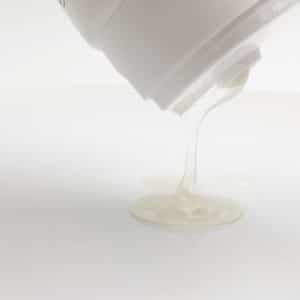
3. Disinfection of the cup
Why do it before each insertion?
The cleaning will have removed traces of blood and biofilm of bacteria. But to be really sure to eliminate as many bacteria as possible, sterilisationis the most effective way.
Normally, the bacterial flora naturally present in the vagina creates an acidic environment, which prevents the development of micro-organisms that can cause infections. Nevertheless, during menstruation the vaginal pH increases, which favours the growth of pathogenic micro-organisms, those little beasts that cause diseases, such as infections or mycoses.
When a device is inserted into the vagina during menstruation (tampon or menstrual cup), certain bacterial species tend to proliferate, including Staphylococcus aureus. This is why it is important to disinfect your cup before each insertion, i.e. every 6 hours in order to avoid any risk of infection, especially the small but existing risk of causing Toxic Shock Syndrome.
How?
To disinfect your menstrual cup, nothing could be simpler!
Your Claricup comes with a black box: the Claricup box.
All you have to do is :
1/ Place your Claricup in its box.
2/ Fill the Claricup box with water.
3/ Place everything in your microwave, lid open, 5 min at 750 Watts.
4/ Wait for it to cool down a little before handling it.
Your cup is now disinfected, so you can use it again with complete peace of mind.
Disinfecting your cup every 6 hours is too demanding?
We have specially designed the DuoPack, a set of 2 Claricup with its 2 Claricup boxes that will allow you to change your cups more easily for 2×6 hours serenely.
Claricup under the magnifying glass 🔍
What’s in my sanitary protection? This is a question that more and more women are asking themselves, yet it is sometimes very difficult to know what you are putting in contact with your vagina 5 days a month, every month, for 30 to 40 years. How is this possible? Where to find the right information? And once we know the composition, how can we be sure that it is safe for our health?
Many women have started to use a menstrual cup. strong In addition to being practical, environmentally friendly and economical, the silicone in a cup looks a priori safer than bleached wood cellulose containing endocrine disruptors and pesticides found in tampons and towels. But is this really the case?

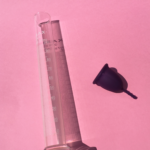
A recent ANSES report confirms this: traces of chemical compounds can be found in traditional intimate protection products (tampon, towel, panty liner).
The news came on 19 July 2018: for 2 years, the ANSES (French National Health Safety Agency) has been conducting studies on the composition of conventional hygiene protection, and the list of compounds of “concern” is frightening: dioxin, pesticides, phthalates, allergenic perfume… so many compounds that the scientific community suspects of carcinogenic, mutagenic or reprotoxic effects.
These substances may be provided by the raw material (e.g. pesticides in cotton) or by the manufacturing process (bleaching of fibres by chlorine derivatives causes the formation of dioxin).
Fortunately, ANSES claims that these substances are in too small quantities to be dangerous. However, it still recommends modifying manufacturing processes to reduce the risk of contamination AND implementing regulations that would provide a better framework for intimate protection.
In spite of the amalgamation sometimes made in the media, no study of chemical components has been made on menstrual cups for the moment, because the analyses are more difficult to make (we will come back to this later).
How do I know what’s in the Claricup menstrual cup?
Don’t worry, we didn’t wait for the ANSES to ask the question!
- Guarantee n°1: Already its main components are USP Class VI antimicrobial medical silicone and pharmaceutical dyes. These two raw materials have passed all the Medical Devices biocompatibility tests: if we wanted to, we could make surgical implants out of them!
- Guarantee n°2: As mentioned by the ANSES, the raw materials are important but also the manufacturing processes: they can contaminate the product if they are not well controlled. By applying the ISO13485 standard to our Quality Management System, we offer you the guarantee that each stage of manufacture, transport, packaging and storage is designed and controlled in the same way as for a Medical Device, thus minimising the risk of unintentional contamination.
- Guarantee n°3: It’s all well and good to check, but once the product has been manufactured, how can you be sure that there is nothing dangerous in it that you didn’t expect? There are two types of tests to ensure that a healthy and safe product is placed on the market: biocompatibility tests, and extractables tests.

The biocompatibility tests carried out on Claricup are the same as those carried out on the raw materials. 3 parameters are tested: cytotoxicity, sensitisation and irritation. They indicate whether a product causes a reaction once it comes into contact with the body. It’s official: the Claricup has passed all these tests with flying colours, so it’s biocompatible!
Extractable testsmake it possible to know exactly which chemical components are in the products. These are the tests that the ANSES has difficulty doing on menstrual cups. We know this because we had the same problems when we did them on the Claricup! The principle is simple: a product is immersed in different solvents (water, alcohol, etc.) for at least 24 hours. Each solvent makes it possible to extract different types of molecules from the product. Then each extraction is evaporated and analysed. The problem is that silicone tends to dissolve in certain solvents … difficult in these cases to analyze anything! But thanks to many tests (and thanks to our super R&D Project Manager who has a PhD in Biomaterials), we have managed to set up a protocol which allows us to reveal the exact composition of the Claricup :
In Claricup, there is no : (attention, diction contest!)
- Bisphenol A
- Nonylphenol
- 4-Heptylphenol
- Nonylphenol diethoxylate
- 4-tert-Octylphenol
- 4-tert-Octylphenol monoethoxylate
- Bis(2-ethylhexyl)phthalate
- Benzyl butyl phthalate
- Bis(2-methoxyethyl)phthalate
- Dipentylphthalate
- Diisopentyl phthalate
- Di-n-hexyl phthalate
- Heavy Metals (Antimony, Arsenic, Cadmium, Copper, Mercury, Nickel, Lead, Manganese, Tin)
- Chlore
In the Claricup there is :
- Silica (the base of silicone)
- Silver (the antimicrobial agent)
- Platinum (which accelerates the curing of the silicone during the manufacturing process).
- Pharmaceutical dyes (nothing surprising here)
That’s it, you know everything!
Why doesn’t everyone do the same? Because no regulation in Europe obliges them to do so.
In Europe, in the field of health, there are 3 main categories of products, each of which has its own regulations:
- Medicines have the most drastic regulations. They act on a disease thanks to a molecule or a combination of molecules.
- Medical Devices range from sterile wipes to hip replacements and condoms. Their mode of action is different from drugs: MDs have a mechanical action on a disease (a wound to be cleaned, a sexually transmitted infection to be avoided).
- Cosmeticsare not there to cure a disease, but to cleanse, improve the appearance, perfume or make-up the skin and hair.
When we look at these 3 categories, it would seem logical to put tampons, pads and menstrual cups in the Medical Devices category. And yet… Since menstruation is (fortunately) not a disease, in Europe, hygienic protection does not fall into any of these 3 categories. They are therefore regulated as an everyday consumer product… a bic pen, for example.
Other countries have gone further than Europe: the USA, Canada, Japan or Mexico have different regulations: as they are objects that remain in prolonged contact with the vulval and vaginal mucous membranes (which, it should be remembered, allow even more molecules to pass into the bloodstream than the skin), hygienic protections are classified as Medical Devices.
What difference does it make? EVERYTHING!
In Europe, the lack of regulation means that there is no obligation for manufacturers to display the composition of their products, nor to prove the safety of the components. When it comes to hygienic protection, European women are therefore less protected than (almost) everywhere else in the world.
Fortunately, things are moving: one of the main conclusions of the ANSES report is that it is necessary to frame intimate protection by means of European regulations, a conclusion with which we obviously fully agree. And we are proud to confirm that we are the only menstrual cup manufacturer to have answered their questions in their survey, in full transparency, for the safety of us all.
Do you have further questions about the daily use of your menstrual cup? Write on social networks or by email to: contact@claripharm.fr




